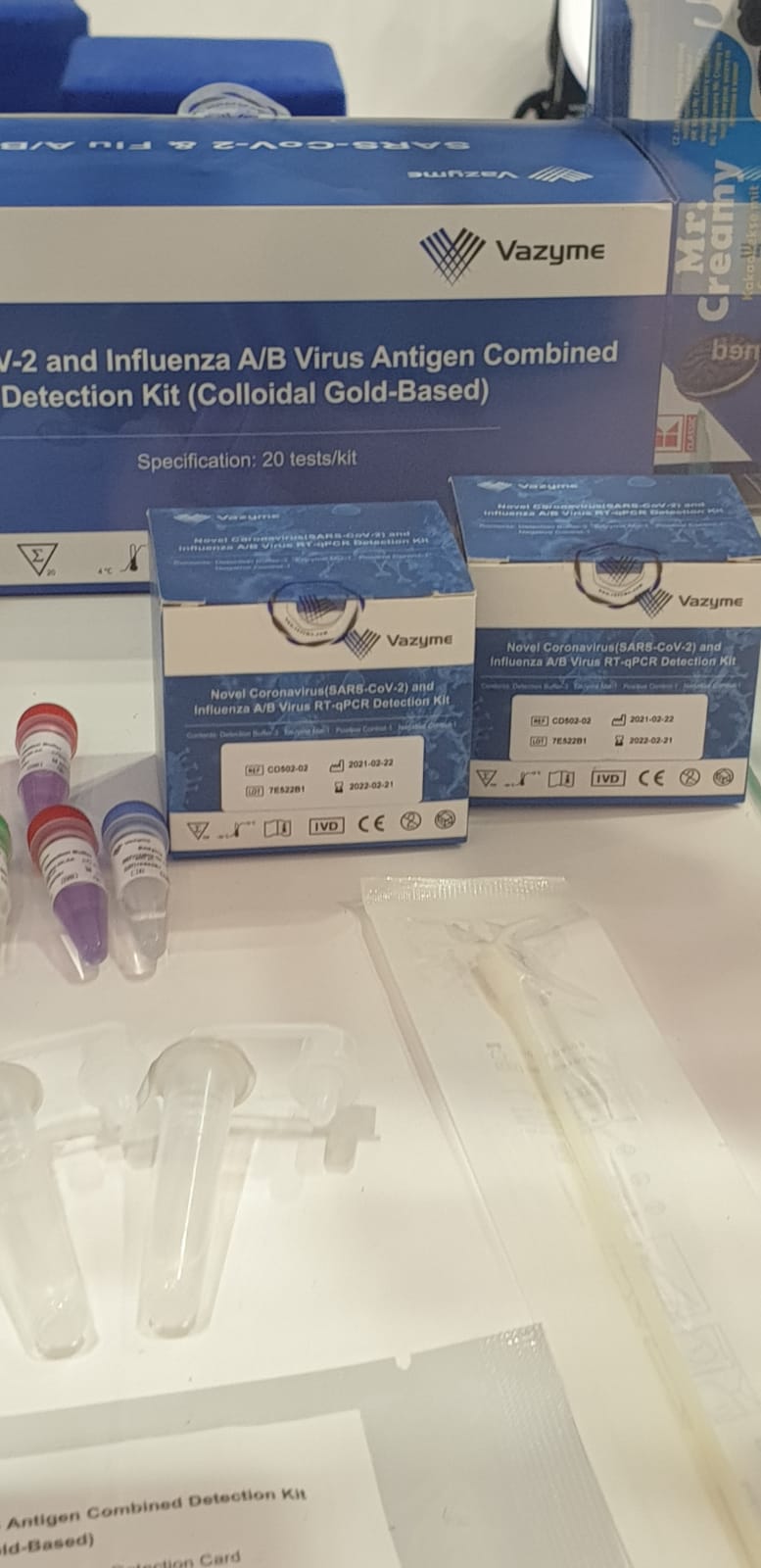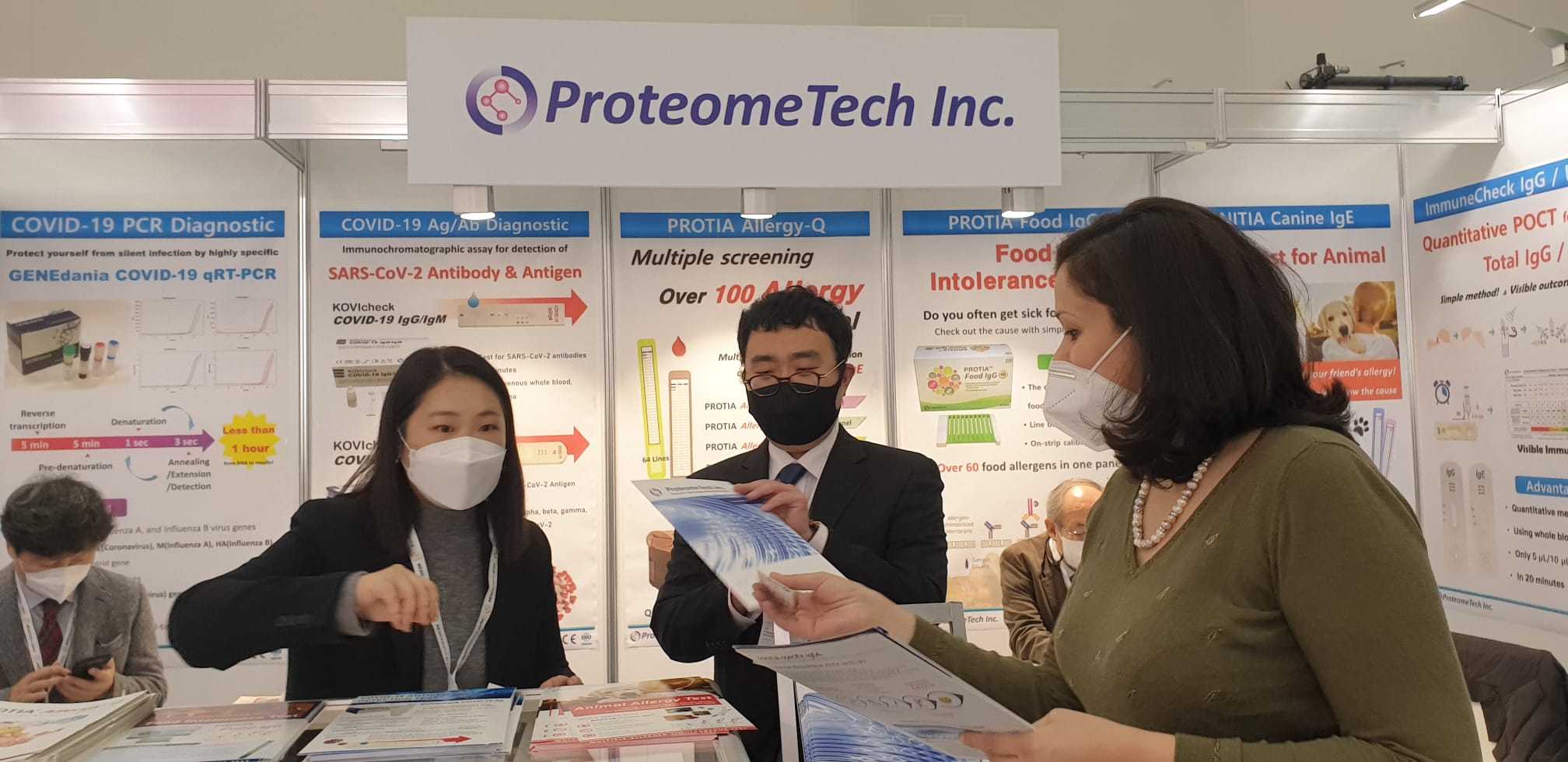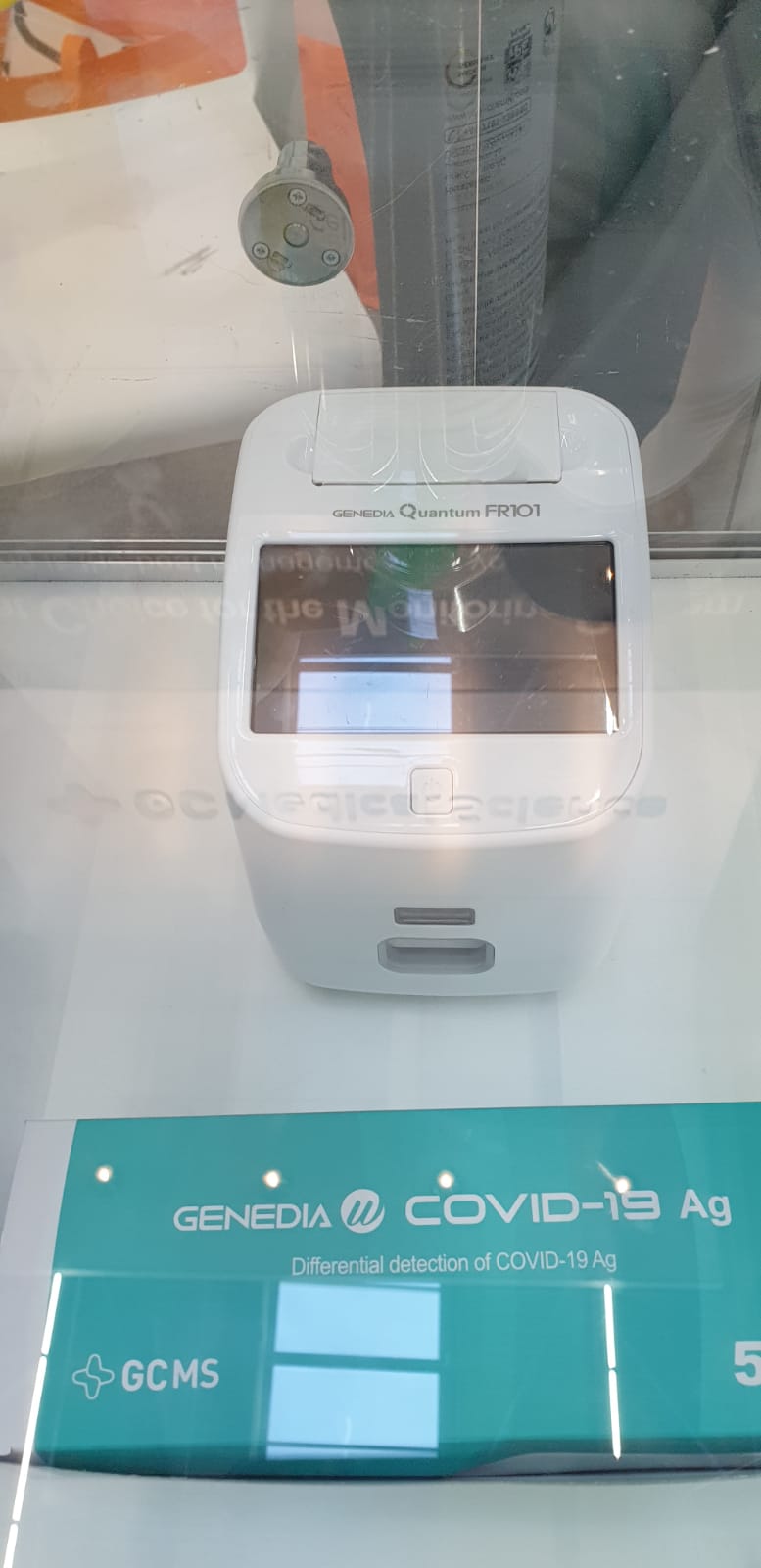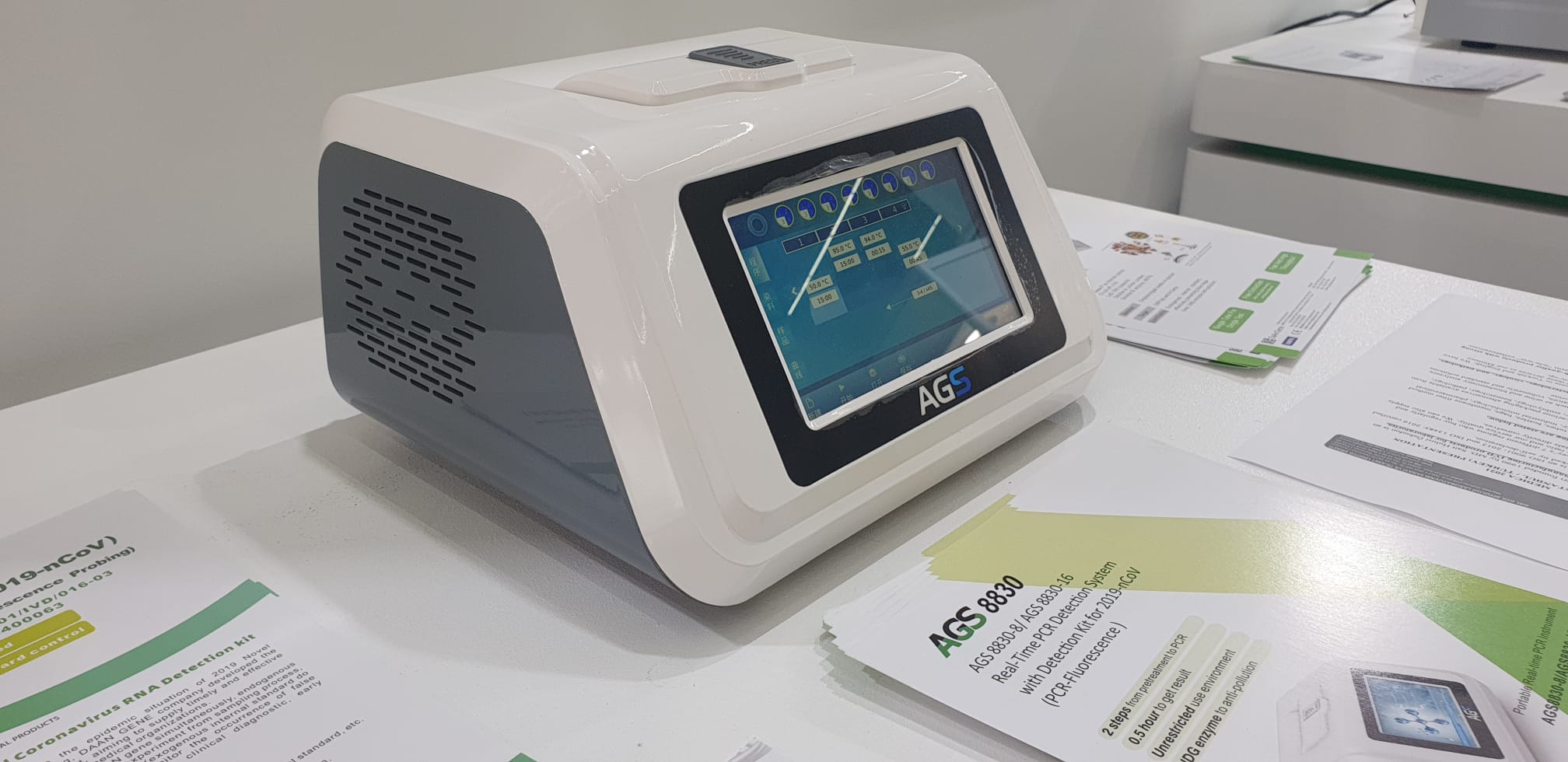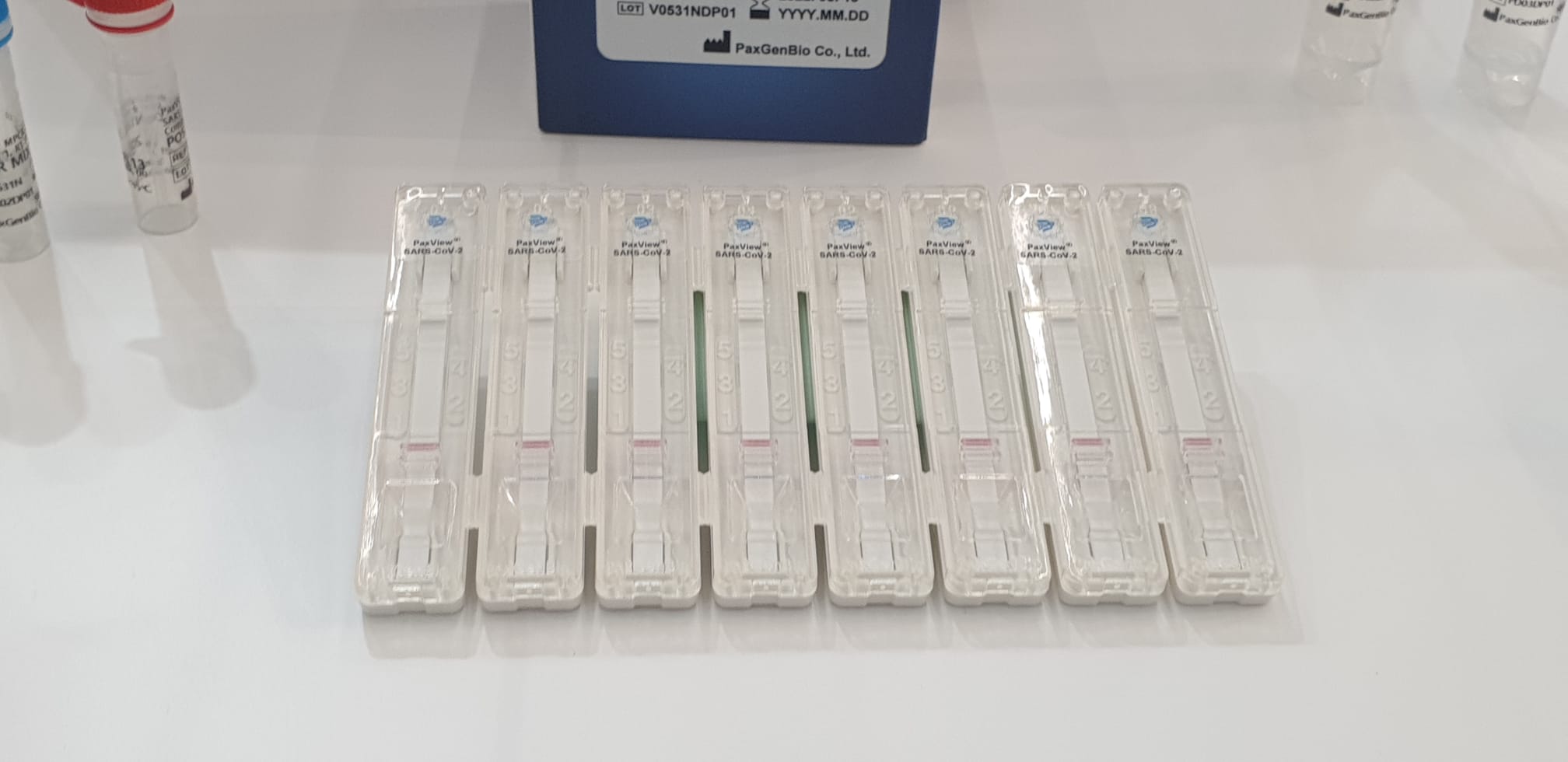Expected use
The SARS-CoV-2/Influenza A&B/RSV RT-qPCR Combo Kit is CE marked, in vitro diagnostic real-time reverse transcriptase PCR (RT-PCR) assay intended to be used for the identification and quantification of COVID-19 viral RNA extracted from Nasopharyngeal swabs and/or oropharyngeal swabs. The assay is designed to be used with designated extraction systems and PCR platforms. The combined SARS-CoV-2/Influenza A&B/RSV RT-qPCR Kit (CE IVD) assay is intended for use by specifically instructed and trained qualified and trained clinical laboratory personnel in real-time PCR techniques and in vitro diagnostic procedures.
Purpose, Scope and Users
SARS-CoV-2 has initially named the 2019 novel coronavirus (2019-nCoV) and was identified by Chinese authorities after an outbreak of pneumonia in December 2019 in Wuhan, Hubei province, China. The WHO declared an international health emergency on January 31, 2020. The Centers for Disease Control and Prevention (CDC) and the World Health Organization (WHO) recommend random testing for the asymptomatic population and testing for anyone with symptoms of samples collected from the upper airways and/or lower airways specimens for the identification of SARS-CoV-2 and other respiratory viruses, such as influenza and RSV. RT-qPCR is the gold standard method to identify active infections.
The NIPD Genetics Combined SARS-CoV-2/Influenza A&B/RSV RT-qPCR Kit is a Multiplex real-time RT-qPCR assay for the direct qualitative detection of RNA from 4 viruses: the new coronavirus (SARS-CoV-2), influenza A, influenza B and respiratory A/B syncytial virus (RSV A/B) from human respiratory specimens collected through the Nasopharyngeal and/or oropharyngeal swab method. Validation was performed on the QIAquant 96 5plex real-time PCR instrument (230 V) Real-time PCR detection system. This test can distinguish between influenza A and B subtypes, but not differentiate between RSV A and B. RNA is isolated from respiratory samples, reverse transcribed and amplified using RT-qPCR and detected with four fluorescent dye probes, allowing multiplexing and co-detection by sample reaction.
Fundamental reason
Diagnosis of the aforementioned viruses can be challenging due to the likeness of the symptoms. However, discriminatory and early diagnosis is important for the disease management and treatment, therefore, real-time PCR assay can be a sensitive method and reliable method to detect SARS-CoV-2, influenza A/B and RSV viruses. NIPD Genetics is not responsible for the outcome of a patient’s treatment if the results are being used to guide the medical treatment of health professionals.
Quality control and validity of the results
SARS-CoV-2/Influenza A&B/RSV RT-qPCR Combo Kit Contains Positive Results (PTC) and negative template controls (NTC) to be able to control the PCR amplification. Both of them controls should be included in each run for proper quality control, interpretation of results, and for the results to be considered valid.
Introduction
- Coronaviruses
are single-stranded, positive-sense, non-segmented RNA viruses. They belong to the Coronaviridae family. They are the largest known RNA viruses with genomes ranging between 27 and 31.5 kb. There are six species of coronaviruses known to causes human diseases 229E, OC43, NL63, HKU1, MERS-CoV, and SARS-CoV. SARS-CoV-2, named as a 2019 novel coronavirus (2019-nCoV) is responsible for the current pandemic that affects millions of people around the world. The virus is transmitted from human to human through respiratory droplets by direct or indirect contact.
Symptoms of SARS-CoV-2 can appear 2 to 14 days after exposure to the virus and at most common symptoms are fever, dry cough, fatigue. Less common symptoms include aches and pains, nasal congestion, sore throat, diarrhoea, loss of smell (anosmia) or loss of taste (ageusia), etc. The strongest and most consistent evidence of increased risk comes from patients with a BMI greater than 30 kg/m2, type 2 diabetes mellitus and with underlying lung and heart conditions, who are more likely to develop complications and require ICU admission and oxygen support.
- Influenza viruses
are negative-sense viruses that belong to the Orthomyxoviridae family. The most common influenza viruses that infect humans are influenza A and B. The most common symptoms include fever, cough, sore throat, nasal congestion, and discharge that can lead to more serious complications of pneumonia. age and underlying pulmonary medical conditions (eg, COPD, IPF, asthma, smokers) increase the risk of developing complications.
- Human respiratory syncytial viruses (RSV)
are non-segmented, negative, viruses with single-stranded linear RNA genome belonging to the Paramyxoviridae family. RSV causes respiratory infections in humans, including bronchitis, pneumonia, and chronic obstructive pulmonary infections. Common symptoms include runny nose discharge, low-grade fever, cough, sore throat, headache, and wheezing. All of the aforementioned viruses are transmitted between humans in three ways: (1) directly contact with infected people; (2) by contact with contaminated objects (such as toys, doorknobs); and (3) by inhalation of virus-laden aerosols.
General rules
1. Transport and storage conditions
Reagents are shipped and stored at -20°C until the expiration date, as indicated on the label. To minimize freeze-thaw cycles and preserve the integrity of the PTC, we recommend aliquoting and storing at -20°C. All components must be kept away from sunlight.
2. Training requirements
Testing for the presence of viral RNA should be performed in a laboratory equipped with trained personnel to carry out the pertinent technical procedures according to the Laboratory standards of the Occupational Safety and Health Administration (OSHA). Refer to the World Health Organization Interim Guidance on Laboratory Biosafety and the Centers for Disease Control and Prevention (CDC) Guidelines for Interim Laboratory Biosafety guidelines for the handling and processing of samples associated with SARS-CoV-2.
3. Precautions and Recommendations
- The procedures in this manual must be followed as described. any deviation may result in assay failure or cause erroneous results and interpretation.
- GLP is required to ensure kit performance, with care taken to avoid contamination of kit components. Components believed to have been converted Contaminated should be disposed of as standard laboratory waste in a sealed container ziplock bag or plastic bag.
- Sample samples must be collected, transported, and stored in accordance with appropriate laboratory guidelines. For more information, see the CDC3 guidelines for “Interim Guidelines for the Collection, Handling, and Analysis of Clinical Specimens for COVID-19″.
- Specimens must be processed within 4 hours of collection. Samples that will be processed after the 4-hour post-harvest window should be stored between 2-8°C for up to 72 hours.
- Thaw reagents at room temperature before use and keep on ice.
- Shelf life of reagents is 12 months when properly stored.
- Do not use reagents past the expiration date. After the expiration date, the quality of the warranty is no longer valid.
- Do not mix reagents from different kits and/or lots and/or from another supplier.
- Wear personal protective equipment (PPE), such as disposable gloves, goggles, and mask during sample collection and processing.
- Handle all specimens as if they were infectious using GLP and Safety Standards and Occupational Health Administration (OSHA) Laboratory Standard (29 CFR 1910.1450).
- Carry out all manipulations of possible live virus samples within a class II (or higher) biological safety cabinet.
- Dispose of waste in accordance with local, state and federal regulations.
- Regular decontamination of commonly used equipment is recommended, especially micropipettes and work surfaces with at least 70% (v/v) ethanol. Yes is working with RNA, to avoid degradation, it is recommended for the processing area banks to clean with RNase AWAY ® or 10% freshly prepared Bleach.
- Consult the safety data sheet (SDS) before using this kit, which is available on request.
- Please refer to the reference manual of each real-time qPCR instrument for additional information, warnings, precautions, procedures and data analysis.

